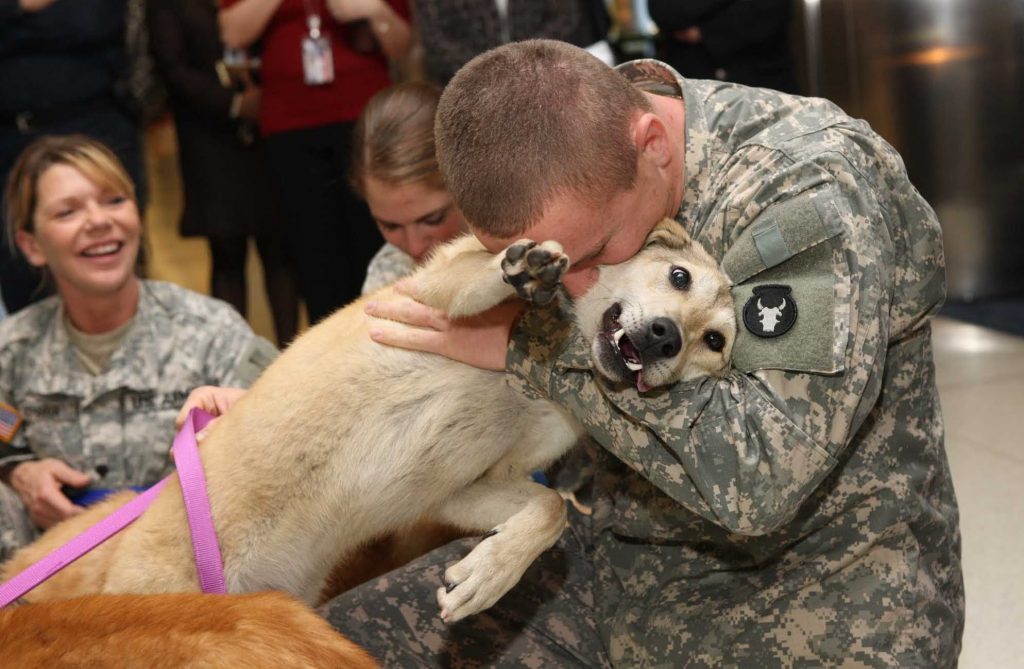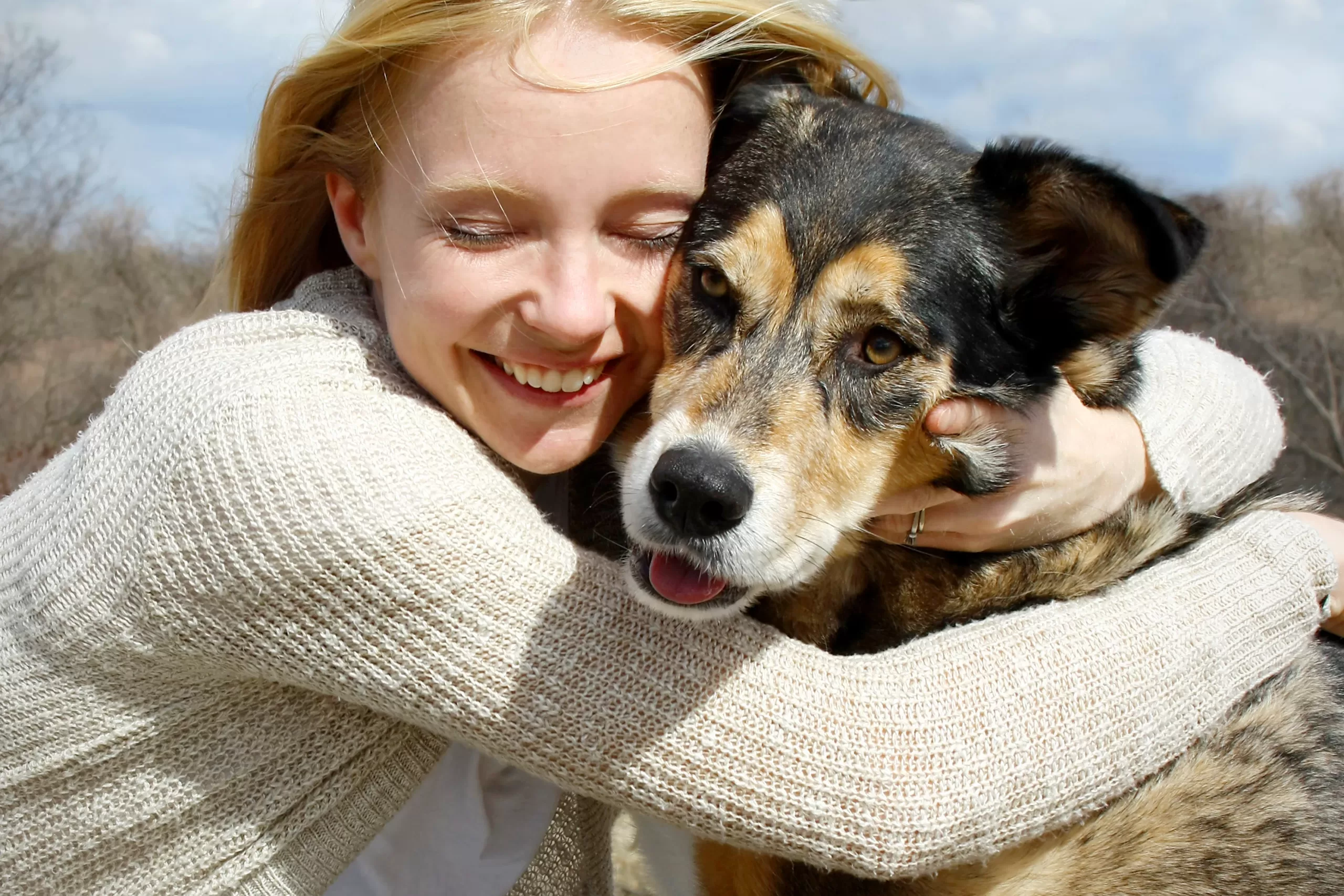
Dogs Eyes Welled Up With Tears When Reunited With Their Owners
The researchers shared in the journal: “Unlike any other animal, dogs have evolved or have been domesticated through communication with humans and have gained high-level communication abilities with humans using eye contact.”
They continued: :Through this process, their tears might play a role in eliciting protective behavior or nurturing behavior from their owners, resulting in the deepening of mutual relationships and leading to interspecies bonding.”
However, their tears are very different from ours. While humans’ tears stroll down our faces, dogs eyes well up, thus achieving that infamous puppy-dog eye effect that pulls on our heartstrings so effectively.
The study authors measured the volume of the tears found in the dogs’ eyes while they were at home with their owners and compared them to when they were reunited with their owners after being separated for a few hours. The results showed that tear volume increased dramatically during the reunions, but the same couldn’t be said about reintroducing humans who were not their owners.

They Did Not Tear Up When Reintrouced To Humans Who Were Not Their Owners
Existing research has shown that the interactions between dogs and their owners release oxytocin in both, and since the hormone is so critical for social bonding as well as emotional responses, the authors thought that maybe the dogs’ emotional response could be caused by oxytocin as well.
They decided to administer oxytocin in the dogs’ eyes and they saw that this created an increase in tear volume. This was not the case when different peptide solutions were added to their eyes showed that the tears were not just a sign of irritation.
Study author Takefumi Kikusui shared: “We found that dogs shed tears associated with positive emotions. We also made the discovery of oxytocin as a possible mechanism underlying it.”
The authors also showed participants pictures of dogs’ faces with and without tears and tasked them with rating the degree to which they had a desire to take care of the dogs in the photos. The participants overall showed more of a desire to take care of the teary-eyed dogs, which indicates that this could play into our desire to protect.
Kikusui shared: “Dogs have become a partner of humans, and we can form bonds. In this process, it is possible that the dogs that show teary eyes during interaction with the owner would be cared for by the owner more.”
What the study did not check is whether dogs’ tears indicate sadness in addition to joy.









